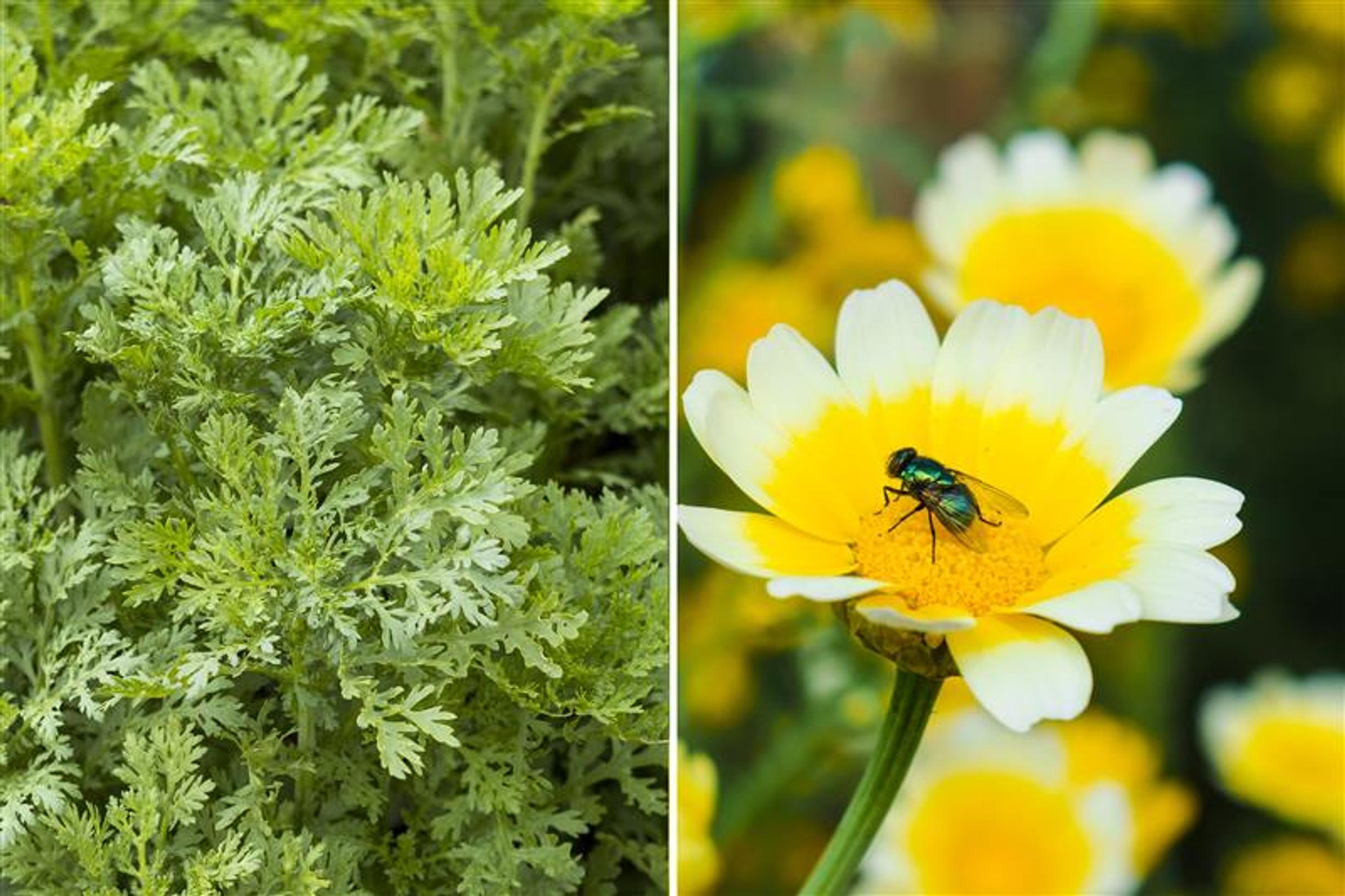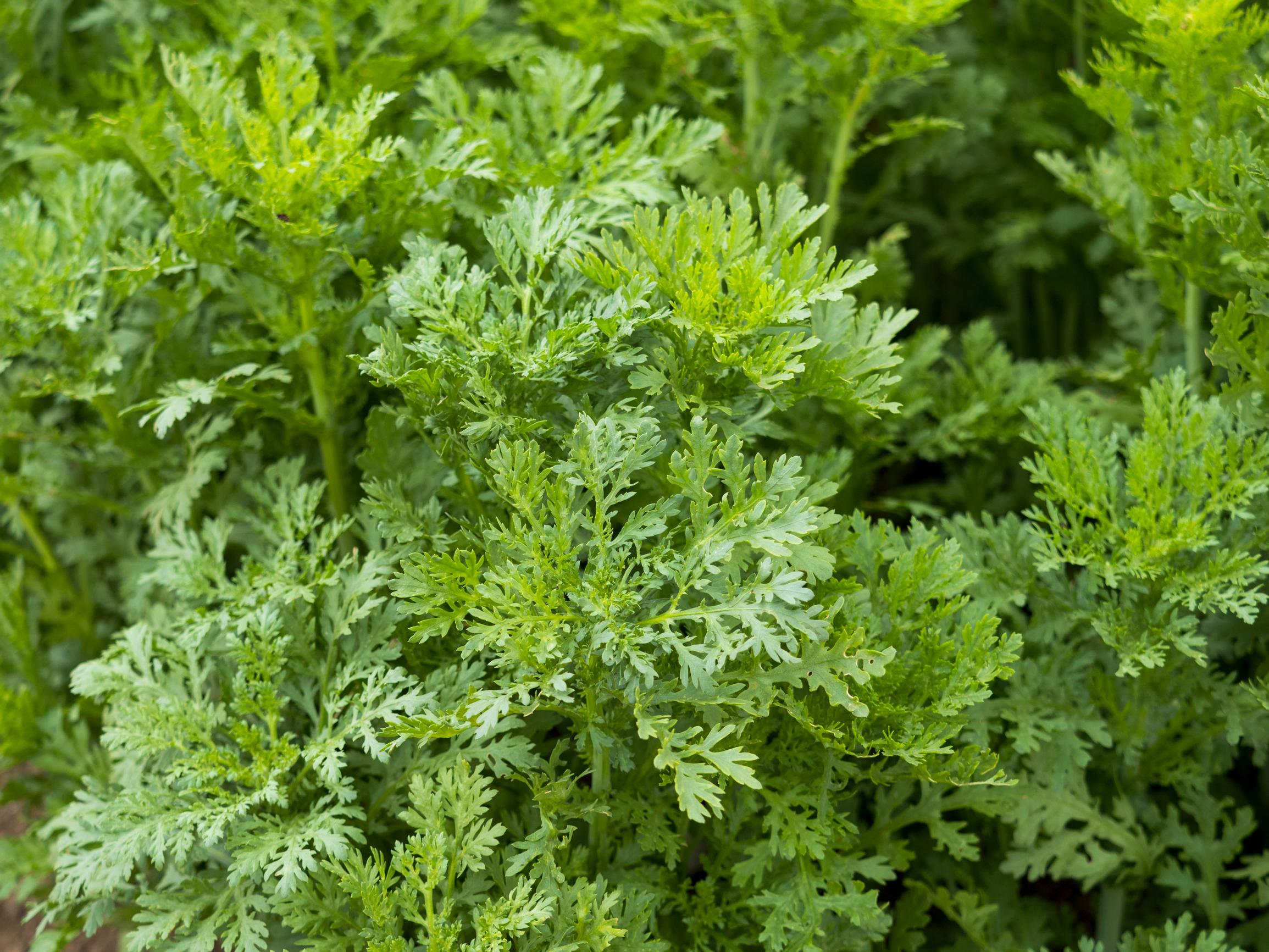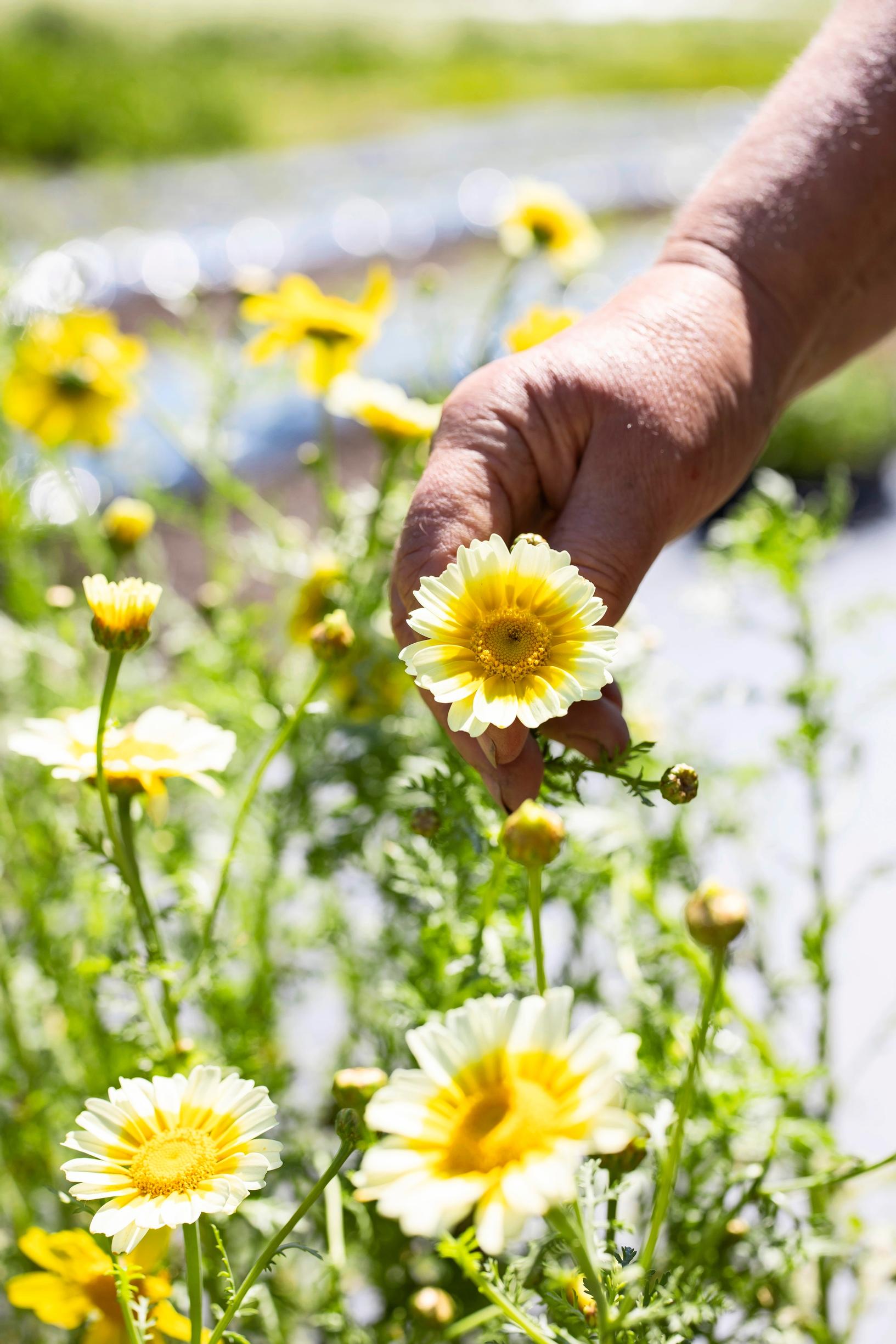
Crown daisy—just as delicious as arugula but even prettier!
The spicy flavor of crown daisy, also known as edible chrysanthemum, is highly valued in Asia and suits Western cuisine, too. This annual produces edible yellow-and-white flowers, but if you grow it for its leaves, keep it from flowering by diligently pinching off the short top shoots. Try adding the greens to salads or steaming them as a side dish.
Where to grow crown daisy
Choose a sunny or partly shaded spot for crown daisy. It’s not picky about soil quality, but thrives best in a loamy, moderately fertile growing medium. The plant doesn’t tolerate excessive moisture.
Sowing crown daisy
Sow crown daisy seeds about 1 centimeter (0.4 inches) deep in soil that has dried out and warmed up. A good time to do this is between early May and early June.
If you prefer, you can start seedlings indoors about four weeks before moving them outside.
Pinch back the plants early, when they’re about 15–20 centimeters tall. You can root those trimmed shoot tips to grow additional plants.
Without a cultivar name
Crown daisy seeds, also called edible chrysanthemum (Glebionis coronaria) might be sold without a cultivar name. The plant is available under several names, such as Garland Serrated Leaf, Edible Chrysanthemum, and Oasis, as well as the Japanese name Shungiku.
There are different strains of crown daisy grown for leafy greens, each varying in growth rate, as well as leaf size and thickness.
Watering and fertilizing crown daisy
Water the plants during dry spells. Drought speeds up flowering and intensifies the flavor, which also happens in very hot weather. Provide nutrients by using green mulch or a liquid fertilizer.


Harvesting and using crown daisy
Enjoy the leafy harvest all season long, beginning in June. The flavor of the shoots changes with the growth stage and conditions, so experiment with them in different dishes.
This leafy vegetable is perfect for stir-fries, steaming as a side dish, or mixing into salads. The leaves have a bite similar to arugula.
Crown daisy continues producing well into fall. It’s fairly cold-hardy and does best at around 15–20 degrees Celsius.
Prevent flowering if you want a leaf harvest
- Crown daisy is a long-day plant that quickly shifts to flowering in bright summer conditions. Once it blooms, the leaves become tough and bitter, making them unusable.
- Pinch off a few centimeters at the tip of each shoot as soon as you see a small bud. This keeps the leaves tasty. Continue pinching the plant all summer. Left unpinched, crown daisy reaches 50–100 centimeters tall, but pinching keeps it bushy and shorter.
- You can also sow the plant multiple times over the summer and harvest the shoots before they flower.


Collect seeds and protect in the fall
Let some of the plants bloom and collect their seeds later in the summer for next year’s sowing.
Protect the plants from early frost. This species tolerates a few degrees of frost in the fall, but covering them with fleece will extend your harvest.


